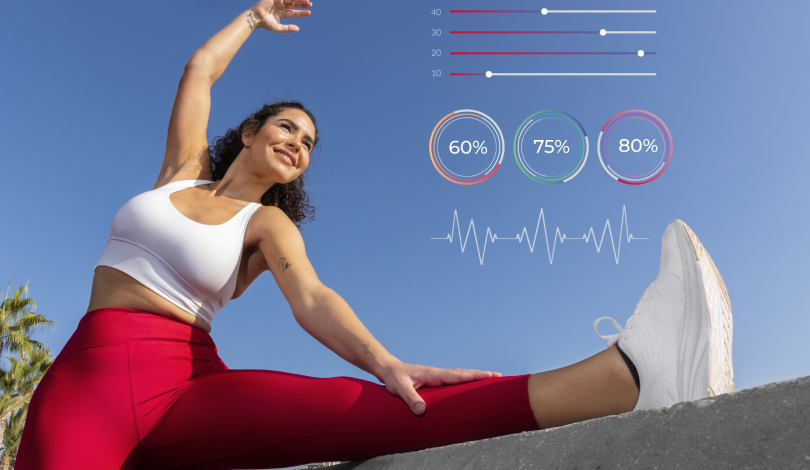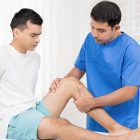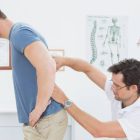Orthopaedics, in general, has a rich, deep and varied history. Being a field dedicated, defined and directly affected by society, orthopaedists treat your everyday layman, sportsperson, athlete, and even politician. Your musculoskeletal health relies on the current state of the art and societal transformations, including science, technology and doctors. Orthopaedists are thus at the forefront of medical technology, biotechnology, engineering, and the latest scientific developments, as well as understanding trauma and orthopaedics. Therefore, every development within the 21st century directly affects orthopaedics and any treatment you may have to receive for your injuries, including Cervical Spondylitis Treatment In Gurgaon.
What are some of the developments in orthopaedics that affect individuals:
– Developments in material science shape new materials, technology for design, fabrication, and plating of implants: Implants in orthopaedics span metals, and developments in the design, fabrication, and plating of implants. Affects materials utilised for implants. What are the purported benefits? With developments, implants would become lighter and stronger, possess greater flexibility, and have increasing levels of biocompatibility; they may also be customised and tailor-made, varying in size, structure, and materials. With 3D-printing technologies, there may be alternative materials provisions and decreased costs. Orthopaedic doctor near me: What are some of the materials used in implants? Metals: Titanium and titanium alloys. Stainless steel, & cobalt chromium alloys. Ceramics, composites, polymers. Of course, with the advent of technology, there would be improvements in the manufacturing processes and manufacturing industries.
– Developments in nanotechnology for nanodevices and nanomedicine. With advancements in knowledge in the domain of nanotechnology. Cervical pain treatment: Nanodevices can be utilised for orthopaedic treatment, with some current applications including targeted medicine delivery, nano implants, and stents. Nanotechnology can also provide devices and implants to target the musculoskeletal system.
– Improvements in equipment for physical activity and sports, decreasing injuries: With the advent of awareness and developments, equipment for physical activity and sports can result in a direct decrease in injuries.
– Decreased physical activity and participation in sports and physical activity: With widespread and increasing transformations, developments, and the increasing dependence on technology, there is a decrease in physical activity and participation in sports and physical activity. Thus, demand for orthopaedics could potentially decrease, as well as provide improvements for conditions such as back pain treatment.
– Economies of scale for orthopaedics: On the other hand, orthopaedic providers and their knowledge can become more widespread with economies of scale and technological improvements in manufacturing.
– Minimally invasive surgery: Improvements in knowledge, medical devices, and Techniques such as percutaneous fixation would result in minimally invasive surgeries. These surgeries would require smaller incisions with a similar impact on tissues.
-Novel service models of orthopaedics: Interventional and surgical orthopaedics are currently contrasting approaches.
– Impact of exponential technologies: 3D printing, embedded sensors, “smart” materials, additive materials, 3D printing and manufacturing, and embedded sensors: These technologies are widely applicable for transforming significant procedures such as total hip replacement and knee replacement.
– Telemedicine & remote monitoring: With technologies and connections to the internet and devices, some patients are utilising and benefitting from telemedicine and remote monitoring.
– Artificial intelligence technologies: Integrating artificial intelligence within orthopaedic technologies would enable developments and integrated healthcare ecosystems, smart ecosystems. With AI applications, there would be improvements and novel technologies such as customised treatment and targeted pharmaceuticals.
Conclusion:
The 21st century will develop orthopaedics from service providers, treatment models, technologies, and materials, as well as enabling integration and deepening of customisation and targeted and specific deliveries of solutions for the musculoskeletal system. Orthocure is a renowned spine specialist in Gurgaon.





